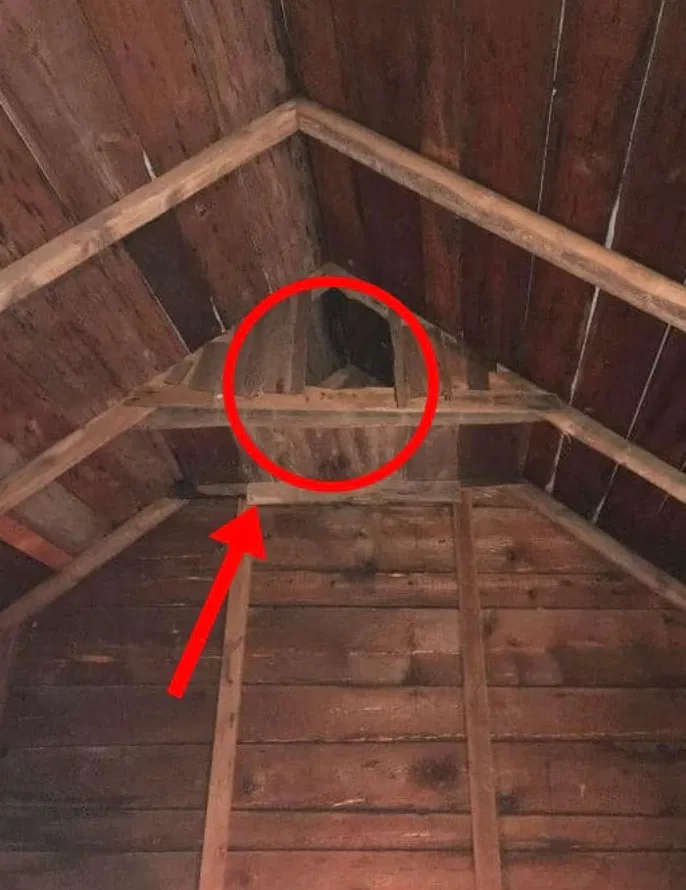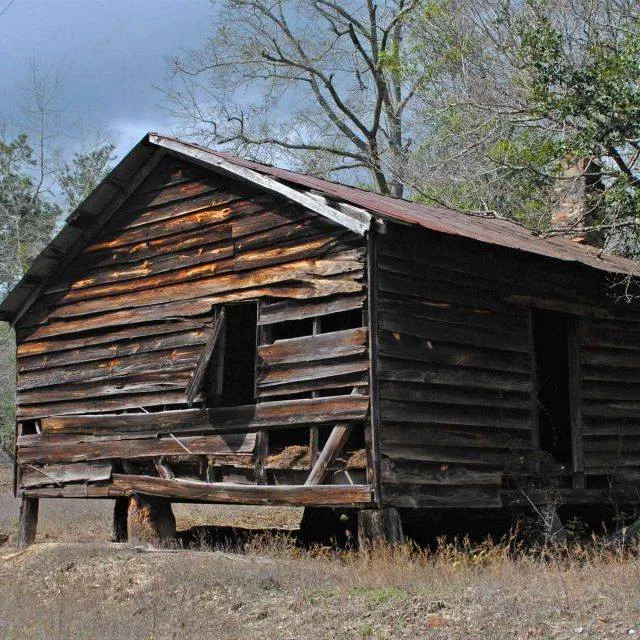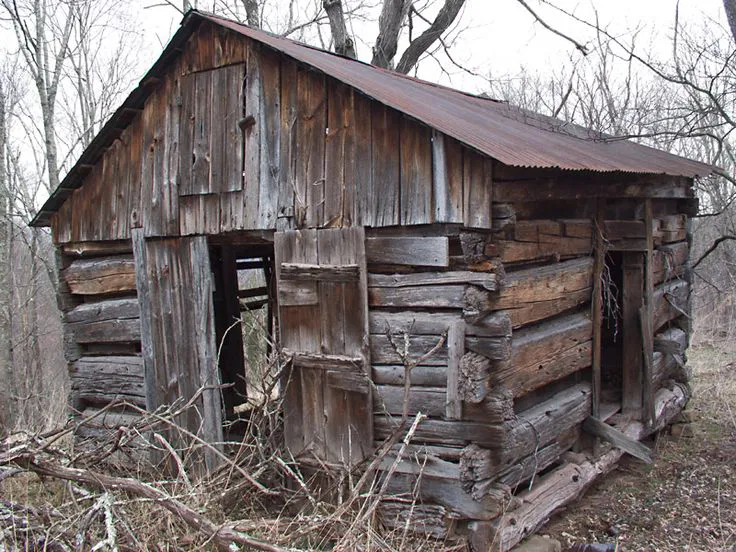
Barn owl contacts with farmers were once a common occurrence in rural communities.
Farmers believed that barn owls could successfully destroy pests, so they placed nest boxes within their barns. This merged traditional skills and environmental knowledge.
Even while this technique predates modern animal conservation efforts, it demonstrated how much farmers valued natural balance and were ready to incorporate predators into their farms.
The farmers constructed these nests from materials they found lying about, such as wood and straw.

Use functional boxes with adequate ventilation and drainage to ensure the owls’ safety and comfort.
These built-in areas were situated in the barn’s lofts, rafters, and quiet corners. This enabled farm activities to coexist with the owls’ requirement for nesting sites.
Nowadays, building barn owl nest boxes is a treasured family custom that evolves with each new generations.

It was more than simply a means to get rid of pests; it exhibited environmentally conscious farming.
Maintaining agricultural legacy demonstrates how humans and the natural environment have long coexisted.















